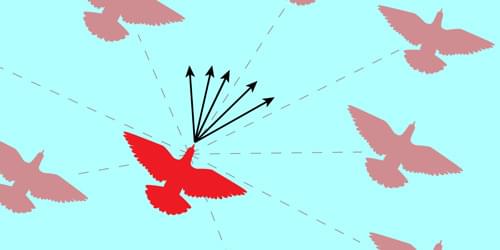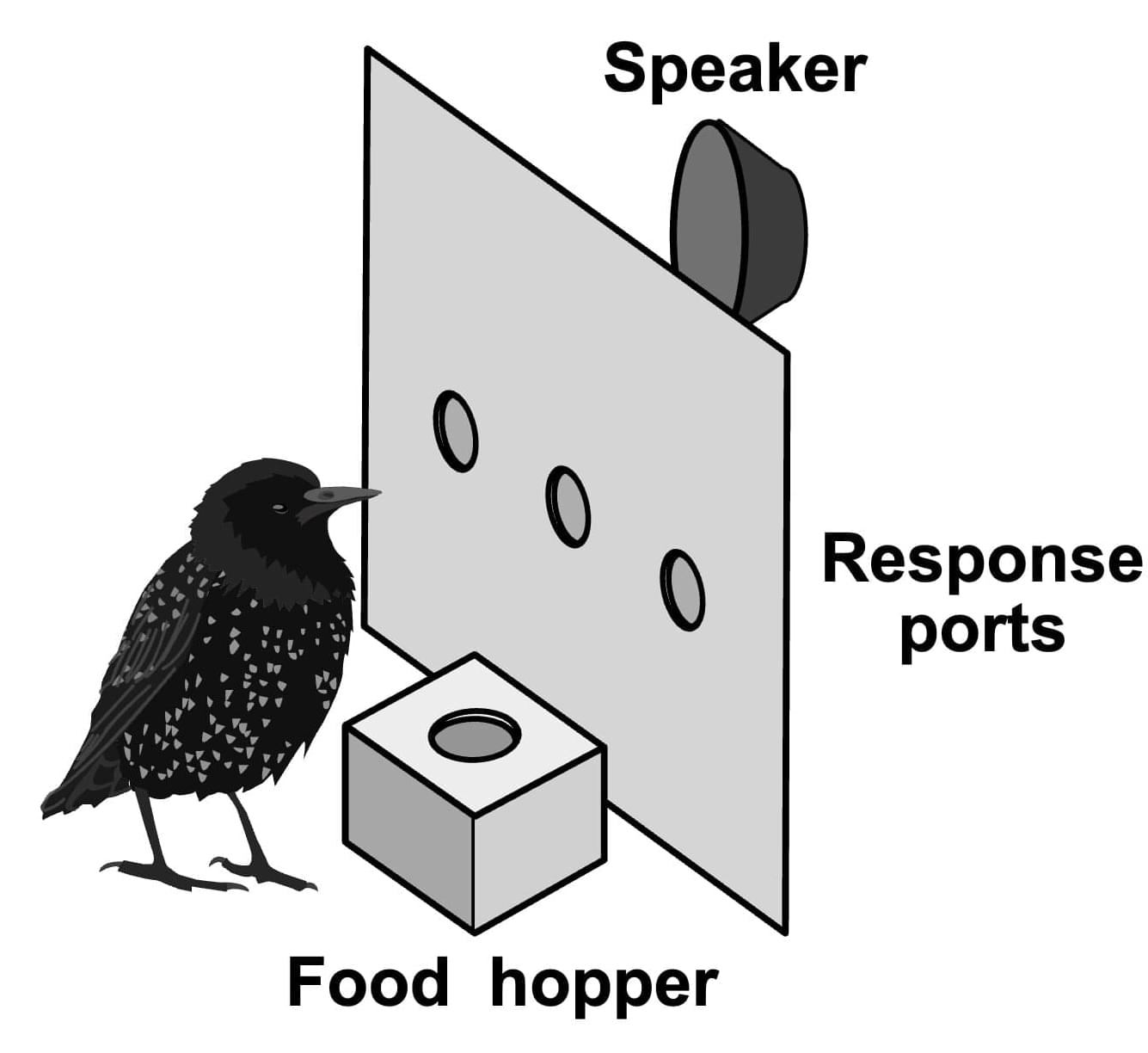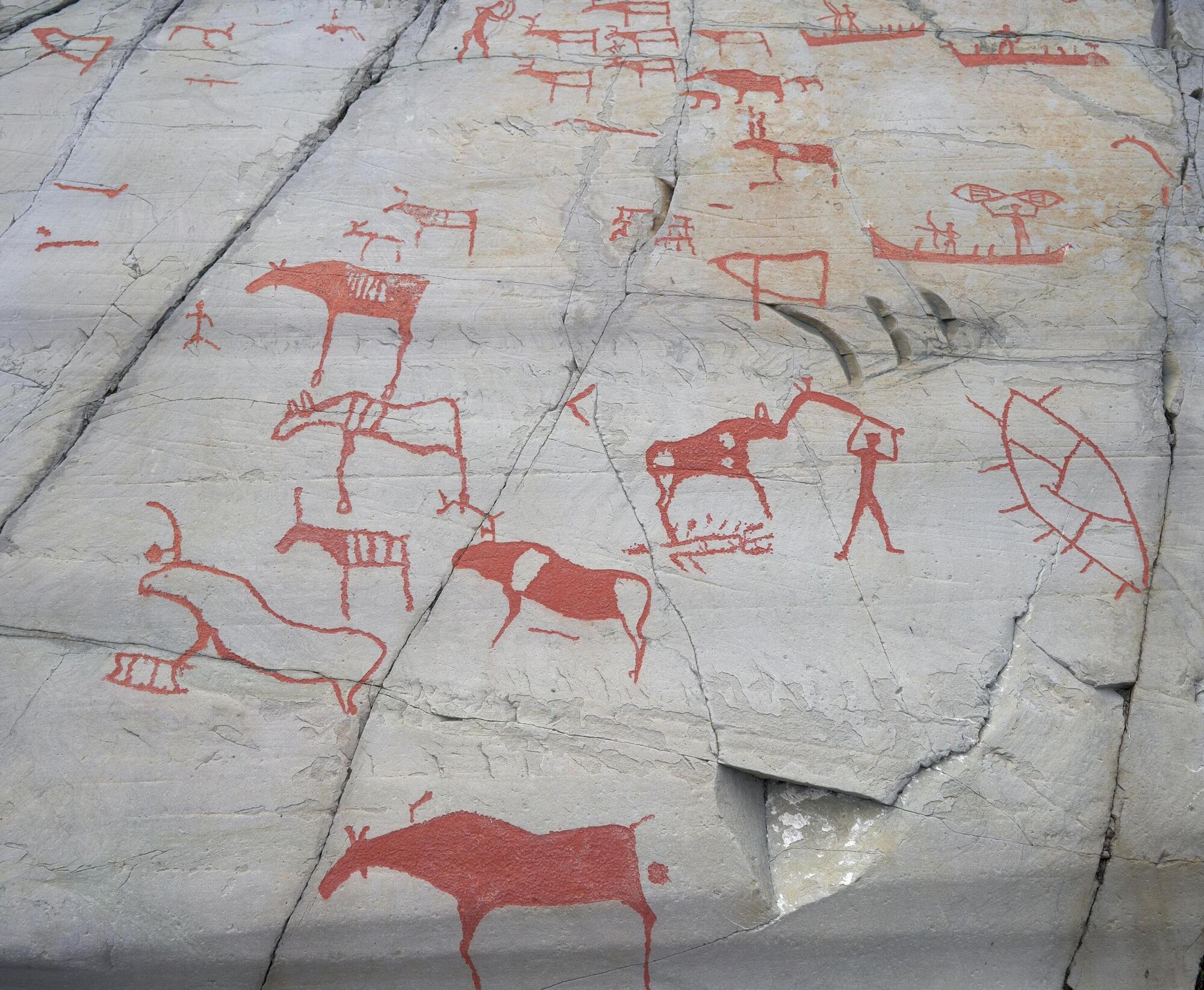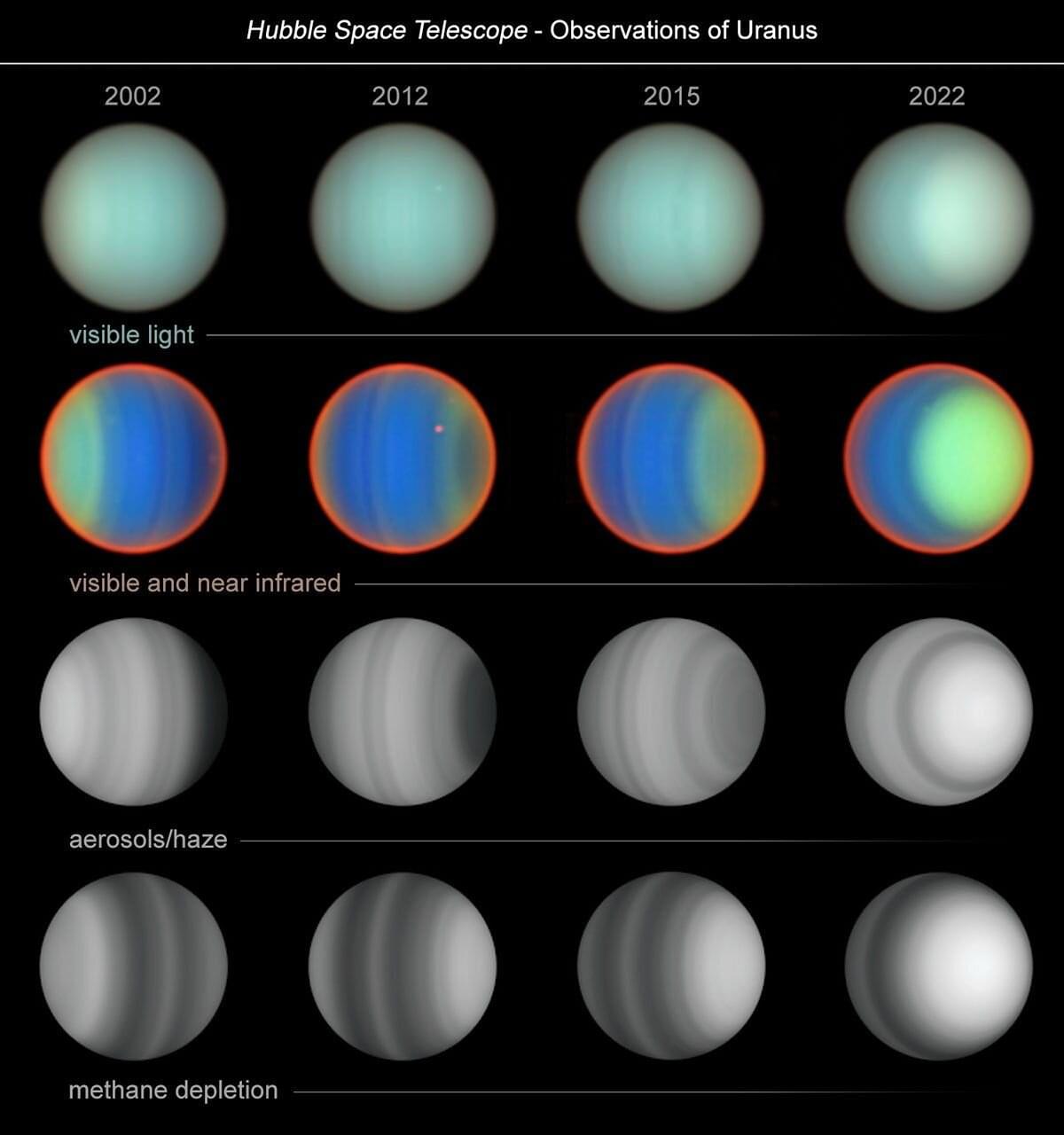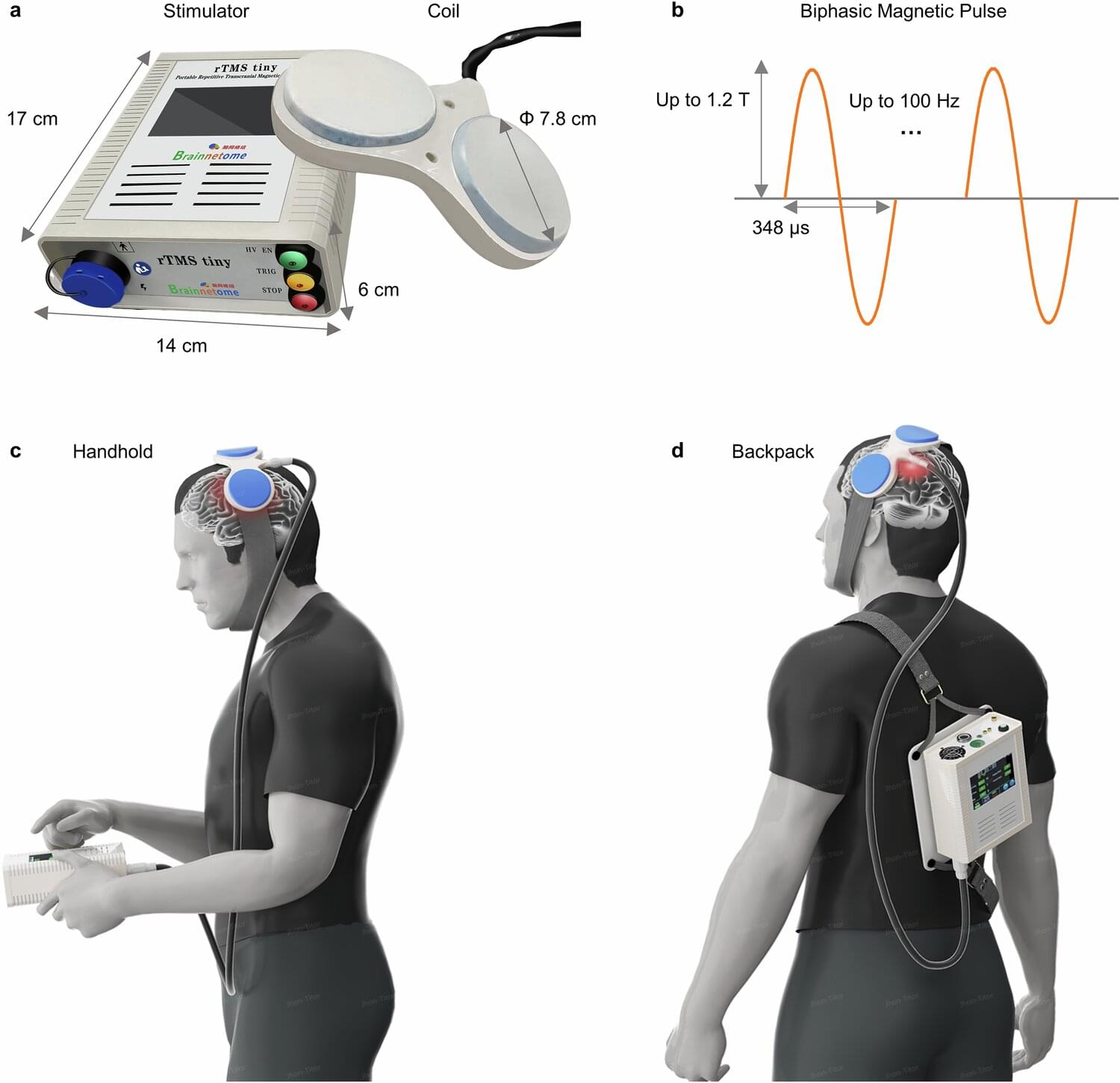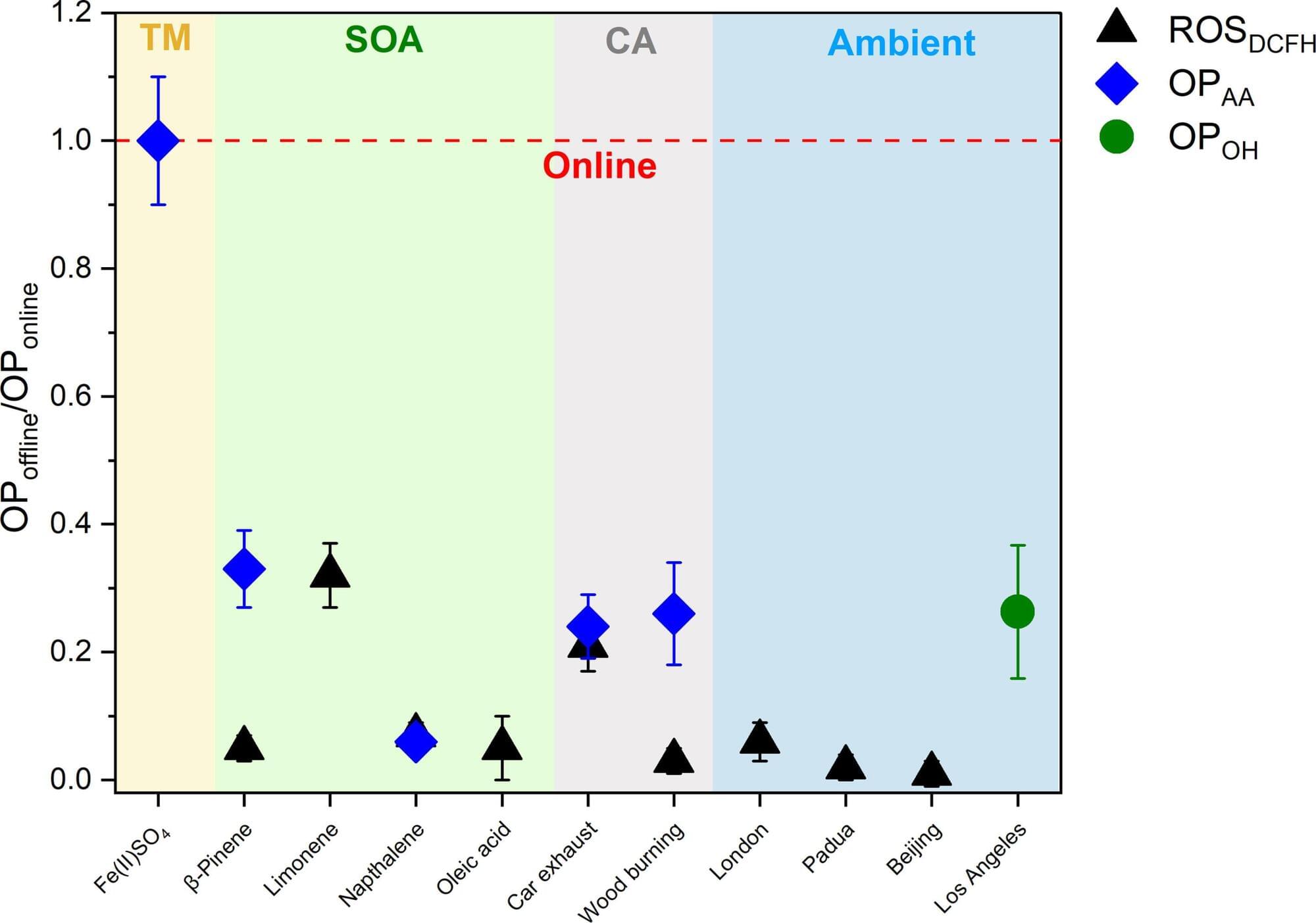This Product is supported by the NASA Heliophysics Education Activation Team (NASA HEAT), part of NASA’s Science Activation portfolio.
The material contained in this document is based upon work supported by a National Aeronautics And Space Administration (NASA) grant or cooperative agreement. Any questions, findings, conclusions or recommendations expressed in this materials are those of the author and do not necessarily reflect the views of NASA.
Without eclipses, our world would be a lot different because eclipses give us the ability to do science we otherwise wouldn’t be able to.
LEARN MORE
******
To learn more about this topic, start your googling with these keywords:
- Corona: the outermost part of the Sun’s atmosphere.
- General Relativity: a theory of gravitation developed by Albert Einstein that says that the observed gravitational effect between masses results from their warping of spacetime.
- Lunar Eclipse: an eclipse in which the moon appears darkened as it passes into the earth’s shadow.
- Solar Eclipse : an eclipse in which the sun is obscured by the moon.
- Tidal Friction: strain produced in a celestial body (such as the Earth or Moon) that undergoes cyclic variations in gravitational attraction as it orbits, or is orbited by, a second body.
CREDITS
*
Cameron Duke | Script Writer, Narrator and Director.
Sarah Berman | Illustration, Video Editing and Animation.
Nathaniel Schroeder | Music.
MinuteEarth is produced by Neptune Studios LLC
https://neptunestudios.info.
OTHER CREDITS
